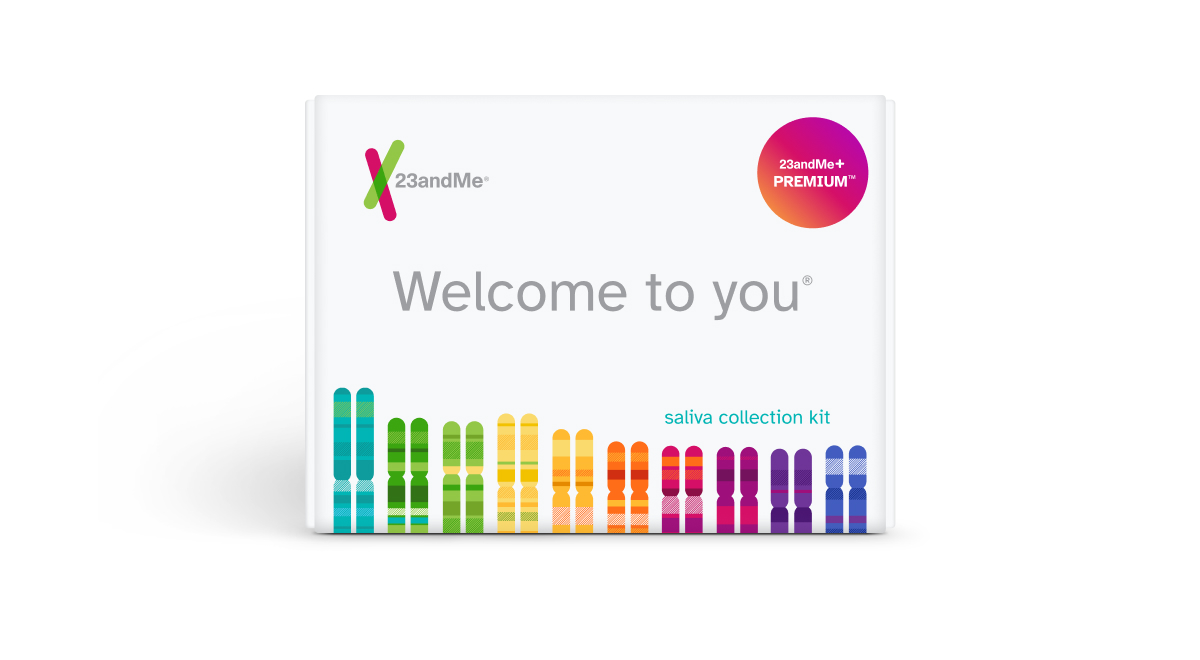Are Gallstones Genetic?Explore Gallstones and what your DNA can tell you
What are gallstones?
The gallbladder is a small, pouch-like organ underneath the liver that stores bile, a fluid that helps digest fats in the small intestine. Gallstones are solid, pebble-like masses that form in the gallbladder and are typically classified into two types depending on their makeup. Cholesterol gallstones, which make up 80% of gallstones experienced among people in the U.S., are caused by having too much cholesterol in the gallbladder. Pigment gallstones are caused by having too much bilirubin (a type of pigment) in the gallbladder. Gallstones can range in size from a grain of sand to a golf ball and may be caused by a combination of genetic and non-genetic factors.

How can gallstones impact your health?
Most gallstones do not cause any symptoms. However, gallstones may block the outlet of the gallbladder, especially after a large or fatty meal. These blockages, called gallbladder attacks, can cause nausea and severe pain in the back and upper right abdomen. Gallbladder attacks last until the gallstone stops blocking the gallbladder outlet, usually no more than a few hours. People who have previously had gallbladder attacks are more likely to experience them in the future.
If a gallbladder attack persists for more than a few hours or is accompanied by fever and/or chills, this may indicate that a gallstone is stuck in the gallbladder outlet or in a bile duct. This can cause serious complications including inflammation of the gallbladder (cholecystitis) and/or pancreas (pancreatitis) that require immediate medical attention and often result in surgery to remove the gallbladder.
Find Out if Your Genetics Might Increase Your Likelihood for Developing Gallstones.

Other factors that can impact your chances of developing gallstones
It is estimated that 15% of the U.S. population has gallstones. Besides genetics, some factors that can increase a person’s chances of developing gallstones include:
- Age
- Family history
- Ethnicity (having Indigenous American or Mexican ancestry)
- Sex (gallstones are more common in females than males and can occur more often during pregnancy)
- Certain health conditions (including diabetes, Crohn’s disease, blood disorders, and liver disease)
- Taking certain medications (including estrogen-containing medicines such as oral contraceptives and hormone replacement therapy)

Find out if your genetics might increase your likelihood of developing gallstones
Curious whether you have an increased likelihood of developing gallstones based on your genetics? 23andMe takes into account more than 6,000 genetic markers to estimate the likelihood of developing gallstones. Find out more with the Gallstones report (Powered by 23andMe Research), part of the 23andMe+ Premium membership. 23andMe+ Premium includes everything in our Health + Ancestry Service plus new premium reports and features throughout the year.

23andMe+ Premium
Please note:
- This report does not diagnose gallstones and should not be used to make medical decisions.
- The report was developed by 23andMe scientists using data and insights gathered from thousands of customers who chose to participate in our research. Reports based on 23andMe research provide an estimate of your likelihood of developing a condition based on your genetics and other factors. This report does not account for lifestyle or family history.
- The report does not account for every possible genetic variant that could affect your likelihood of developing gallstones.
References
Acalovschi M et al. (2012). “The Growing Global Burden of Gallstone Disease.” e-WGN. 17(4).